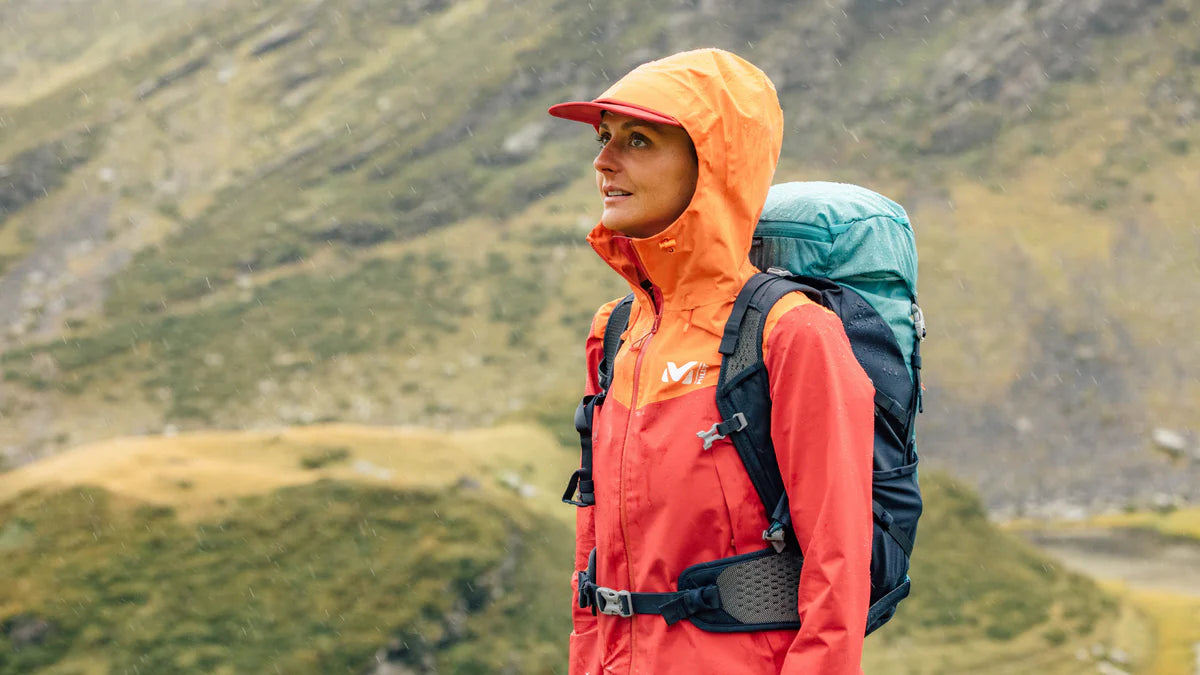The different constructions: 2 layers, 2.5 layers, 3 layers
A so-called “2-layer” construction is the classic system for protective jackets. Here, the outer fabric and the membrane are glued together to become one. Inside the jacket, there is a floating lining guaranteeing comfort and durability by protecting the internal side of the membrane.
Having proven itself, this type of construction makes it possible to offer effective jackets at a competitive quality/price ratio .
More robust and more elaborate, a 3-layer construction offers the advantage of greater freedom of movement, since the three layers - outer fabric, membrane and lining - are welded to form a single and homogeneous whole. This often results in a closer fit to the body and increased protection in all areas. On the other hand, this type of jacket is generally a little heavier and bulkier because it is thicker but, on the contrary, offers versatility and, above all, maximum durability .
Intermediate system, the 2.5 layer construction allows you to benefit from a very good level of protection, excellent breathability and maximum freedom of movement . Less robust than the 3 layers, this type of jacket is characterized by very light weight and low volume , making it the model of choice for sports enthusiasts (trail, cross-country skiing, ski touring, cycling, etc.)
Concretely, a 2.5 layer jacket does not have a lining inside the jacket. The membrane is simply coated with a protective film, thus guaranteeing lightness and compactness.
Concerning the membrane, the best known is undoubtedly the Gore-Tex® developed by the Gore® brand, but there are many others that are just as efficient, such as the Pertex Shield® or the in-house membranes developed by jacket manufacturers. themselves.







